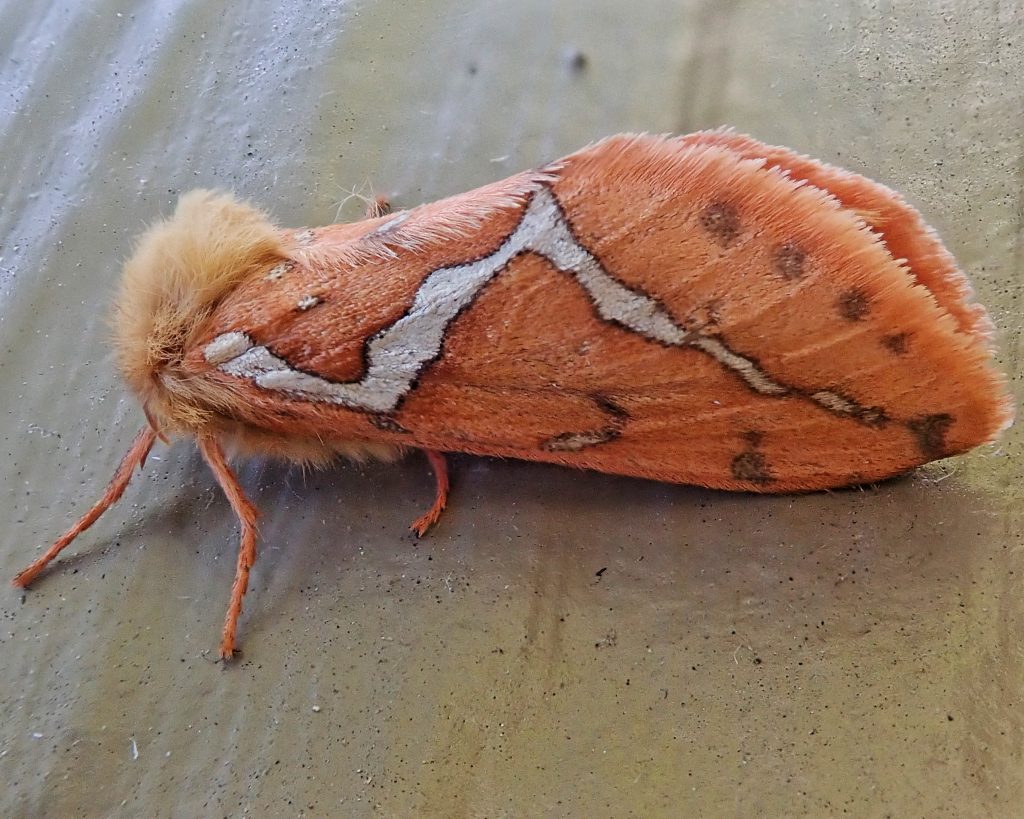
Getting dressed for work one morning last week I spied my TG 5 camera on the edge of my dresser, and the idea ‘I should bring that’ floated through the syrup that passes for my thought processes at 3am, so I slipped it into my pocket. Roughly 4 hours later, as I attempted to mediate my irritation at once again waiting for a habitually late client by searching their porch area for insects, I found and photographed the Xestia xanthographa (Square-spot Rustic Moth) that I profiled a few days ago, and this spectacular find, Gazoryctra mathewi (Mathew’s Ghost Moth). There are a few reasons why I refer to this as a spectacular find. The first, though not foremost, is that this is a very visually striking moth, with its sharply delineated and bright white lightning bolt pattern. It is also an unusual find, being only the second Gazoryctra that I have found, and the first that was outside of what I thought of as their common, montane habitat. But the primary reason why I was so excited is because ghost moths (Hepialidae) are very interesting, although it must be stated that very little is known for sure about members of the genus Gazoryctra. They are as mysterious as the common name ‘ghost moths’ would imply!
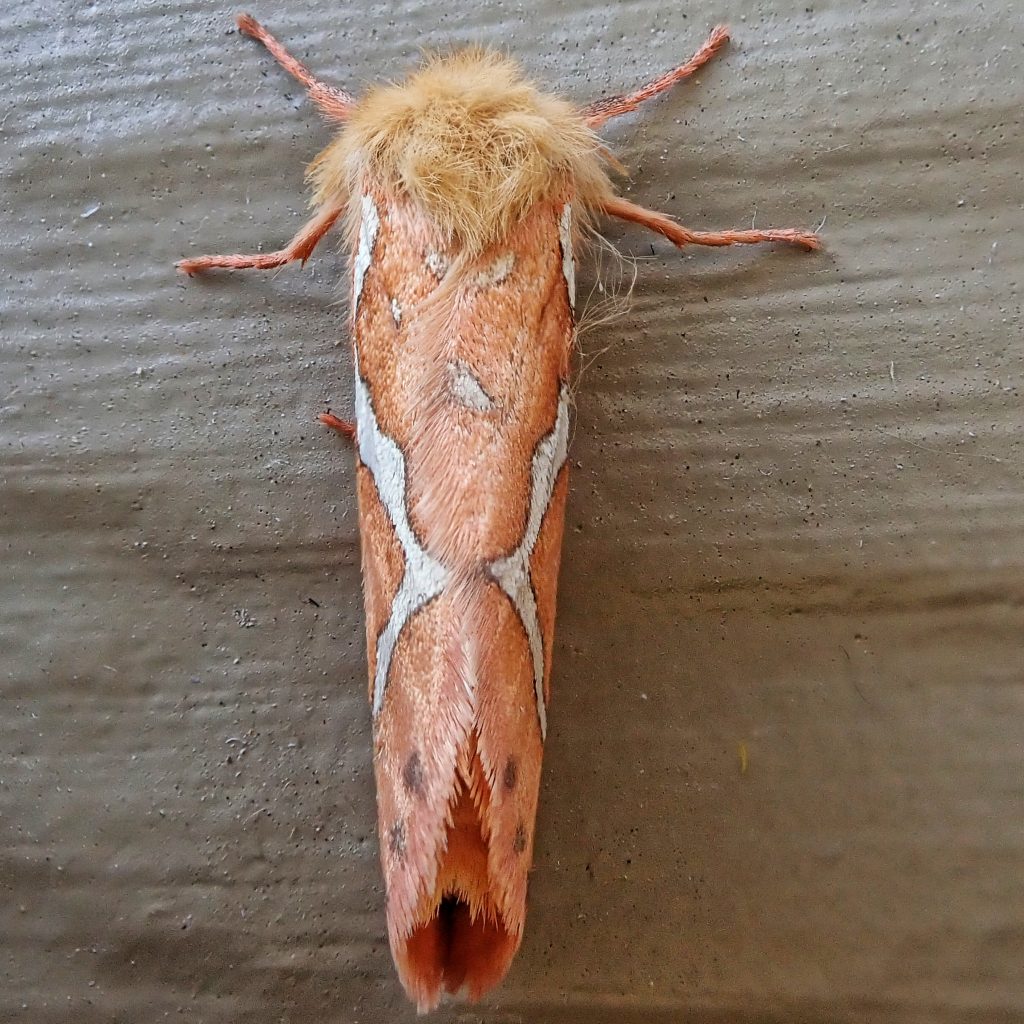
For starters they are a very primitive group of moths, as evidenced by the fact that they still utilize an external channel to transport sperm to egg during mating, as opposed to having a cloaca or other internal channel. They also have very short antenna, and lack a proboscis for feeding. And they lack a frenulum, a spine on the costa of the hindwing that hooks into a retinaculum on the forewing, which keeps the wings coupled in flight. Instead they have an enlarged lobe called a jugum on the rear of the forewing, that does not hook to the hindwing, which means the wings are not operating in phase with each other, with a certain loss of efficiency. Hepialidae is thought to have evolved around 95 million years ago, and Gazoryctra appears to be one of the most primitive genera. Fossils with Gazoryctra-like wing venation have been found from 35 million years ago, but fossil records for Lepidoptera in general, and Hepialidae in particular, are scarce (there are less than 10 known hepialid fossils), and Gazoryctra is assumed to be much older than that, though nothing conclusive is known. The coolest thing about the ghost moths, and the origin of that name, is that males engage in crepuscular flights, fluttering about in search of females, ghost-like in the gloaming. However it is rare to encounter this display, and as near as I can tell it has not been documented for Gazoryctra mathewi.
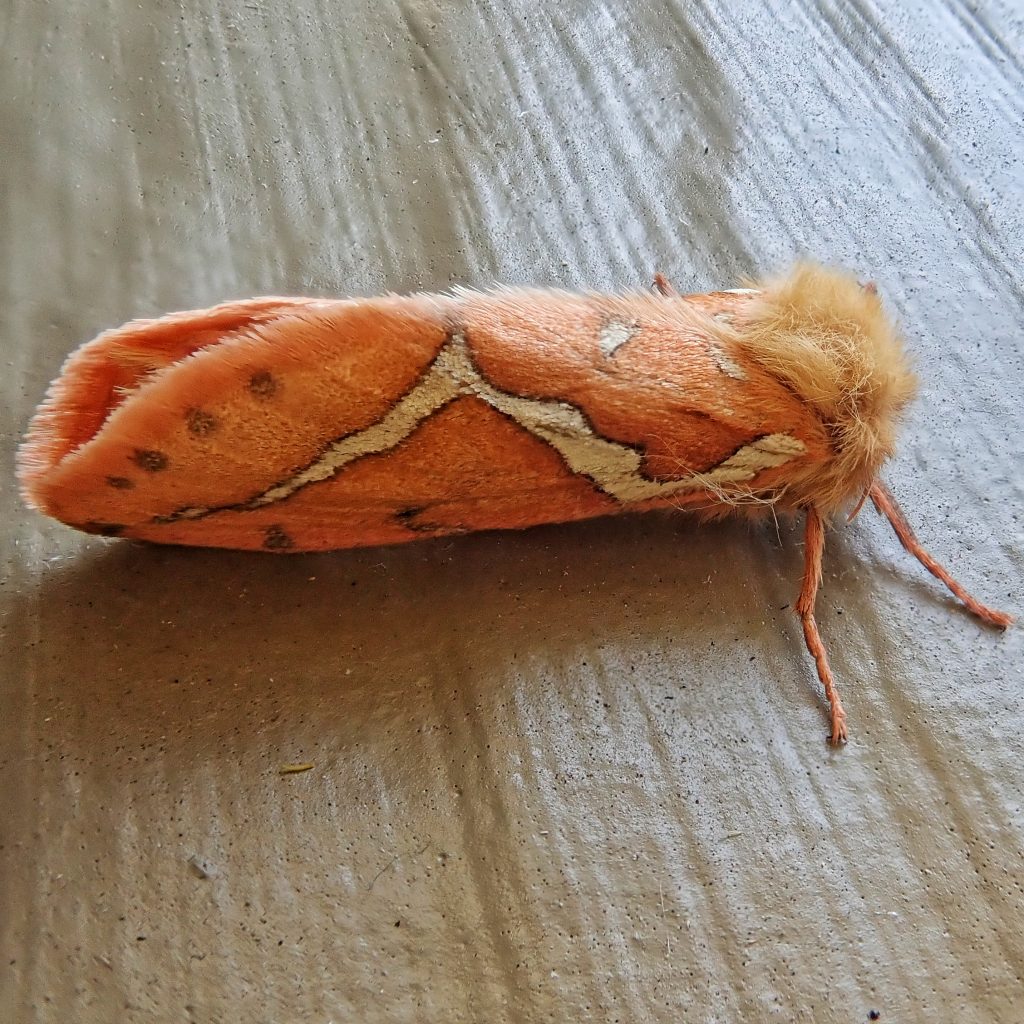
Description– Medium sized (fw length 14-17mm) orange to brownish moth with a variable white ‘lightning bolt’ mark that is bordered with thin black lines, empty dark circles near the fw margin, and often some small white marks near the fw base.
Similar species–G. novigannus lacks circular marks near the fw margin; other Gazoryctra are usually darker or more red, with more and ‘busier’ white markings.
Habitat-I can find no definitive information but the records I see are from coastal or montane areas.
Range-Northwestern North America; seem to be found from the east slope of the Cascades to the Pacific.
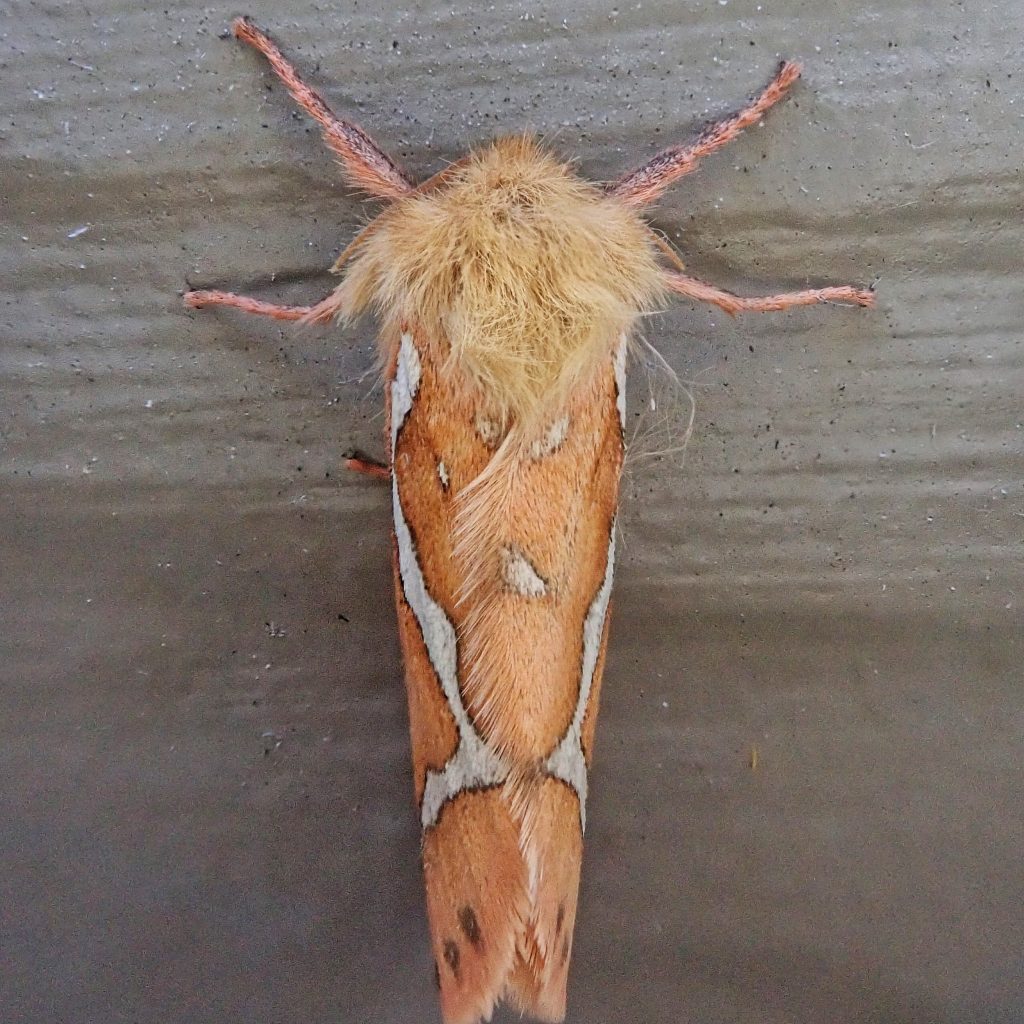
Eats-Unknown, but larvae probably feed on roots of a variety of plants, which they access from silk lined tunnels they construct; adults do not feed.
Reproduction-unknown, but most females in this family broadcast thousands of eggs while in flight; probably pupates in silk lined tunnels, and pupae may expose halfway at the soil surface before eclosure.
Adults active-August and September
Etymology of names–Gazoryctra may come from Greek words for treasure and fossil, possibly denoting both the beauty and primitiveness of these moths; I cannot ascertain who the Mathew is that the specific epithet mathewi honors.
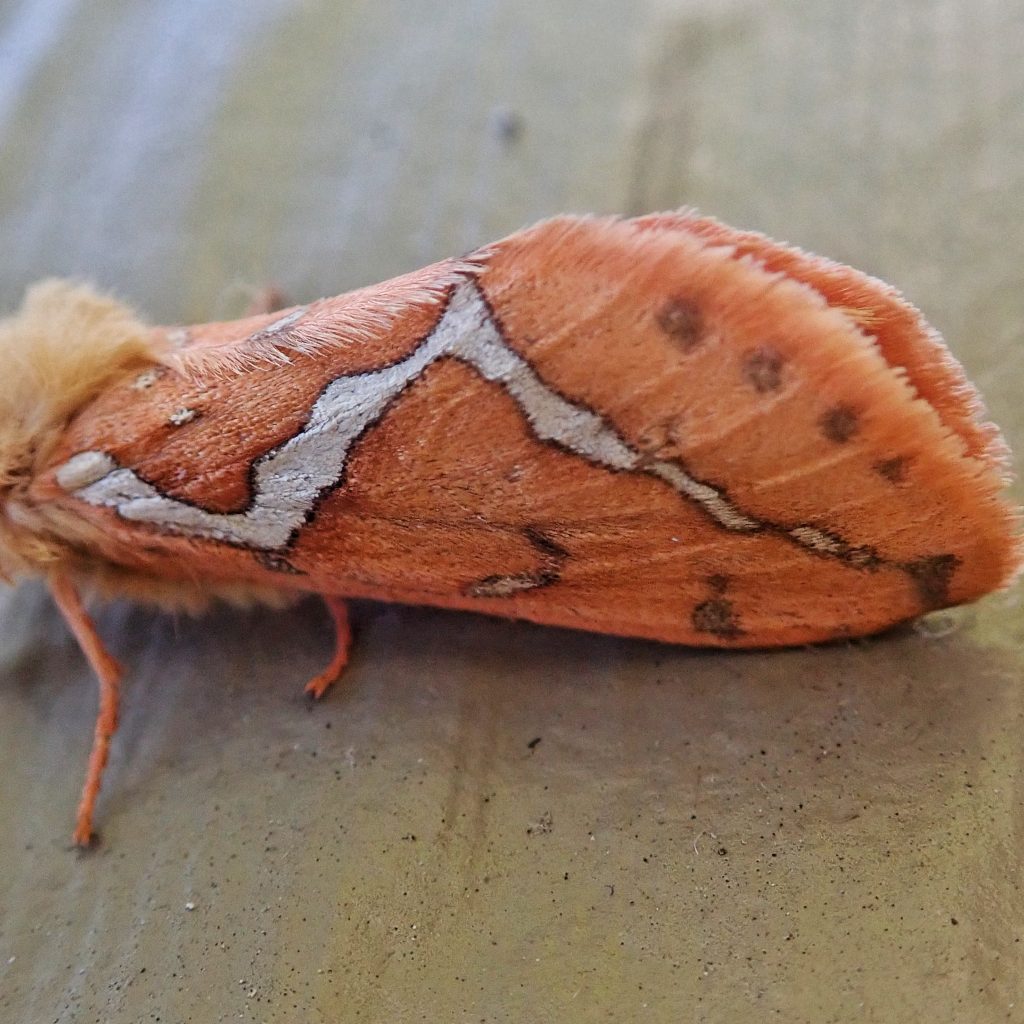
https://bugguide.net/node/view/116312
http://mothphotographersgroup.msstate.edu/species.php?hodges=28
https://images.peabody.yale.edu/lepsoc/jls/1980s/1988/1988-42(3)204-Wayner.pdf
https://www.ncbi.nlm.nih.gov/pmc/articles/PMC6855209/
https://en.m.wikipedia.org/wiki/Hepialidae
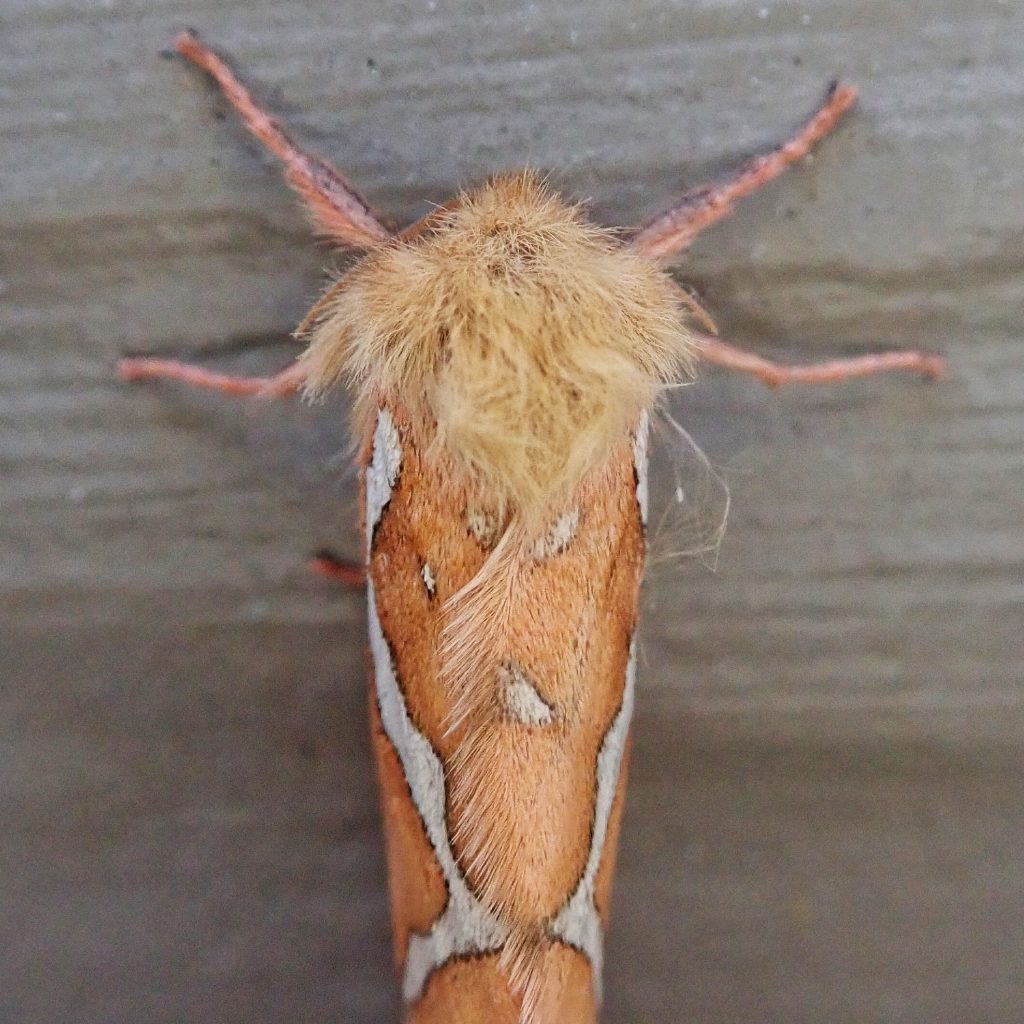
Broadcasting eggs in flight is quite interesting – is that likely in the dark of night?
My guess would be that they do so in the twilight, but I can’t say for sure.